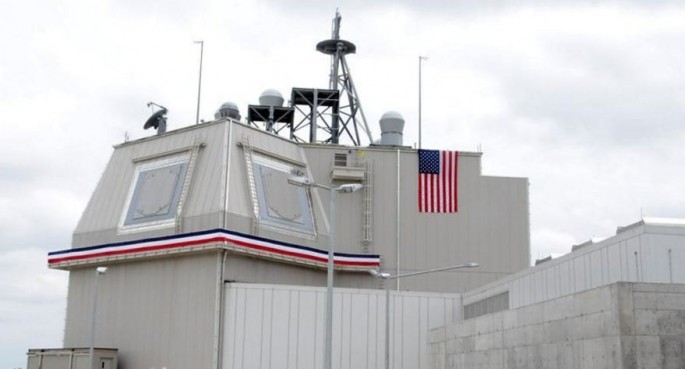Russia is putting teeth into President Vladimir Putin's threat last May to retaliate against the U.S. missile shield meant to protect Europe against Iranian missiles by speeding-up development of new intercontinental ballistic missiles (ICBMs) capable of penetrating the shield's land- and sea-based anti-ballistic missiles (ABMs).
Russia is developing ICBMs with special attention being paid to their ability to pierce the US missile shield system, said Col. Gen. Sergey Karakayev, commander of Russia's Strategic Missile Troops.
He revealed Russia is currently carrying out active work on improving its means of overcoming the missile shield. Gen. Krakayev, however, noted threats from the U.S. missile defense system in Europe do not critically reduce combat capabilities of the Russian Strategic Missile Forces
"This is conditioned by the fact that the United States is not stopping after what it has achieved and continues improving its missile defense system, including the deployment of its elements in Europe," he said.
That's why special attention is being paid to the development of new missiles and technologies that can overcome the missile shield, he said.
Gen. Krakayev said Russian countermeasures to the Aegis shield could include new types of warheads and striking from multiple directions, "which forces the opposing side to ensure perimeter missile defense."
"This is achieved both through the ICBM's shorter acceleration phase and new types of warheads with a hard-to-predict flight trajectory and new means of overcoming the missile shield."
Russia will also accelerate the production and deployment of its newest ICBMs, the road-mobile RS-24 Yars (its newest ICBM) and the silo-based RS-28 Sarmat, which is still in development.
Gen. Krakayev revealed the Yars missile systems will comprise half of the total effective combat strength of the Russian Strategic Missile Forces by 2021.
Putin has resolutely opposed the U.S. missile shield, saying the U.S. claim the shield protects Europe against Iranian ballistic missiles is a lie. Putin argues the true intent of the shield is to threaten Russia and destabilize the strategic balance in Europe.
The missile shield Russia so resolutely opposes is called the "Aegis Ashore Missile Defense System" capable of firing RIM-161 Standard Missile 3 (SM-3) missiles that can defeat incoming short and medium range Iranian missiles.
SM-3, which is a missile used only by the U.S. Navy, is primarily designed as an anti-ballistic missile but with an anti-satellite capability.
The missile shield in Europe, which is operated by NATO, consists of land-based launchers located in Romania (and later, Poland) and sea-based launchers aboard four U.S. Navy Arleigh Burke-class destroyers at anchor off the seaside town of Rota in Spain. The system in Romania became operational last May.
The Romania installation is the first land-based defensive missile launcher in Europe. It joins other elements of the NATO defensive shield, including a command-and-control center at Ramstein Air Base, Germany; a radar installation in Turkey and the four U.S. Navy destroyers at Rota.



























